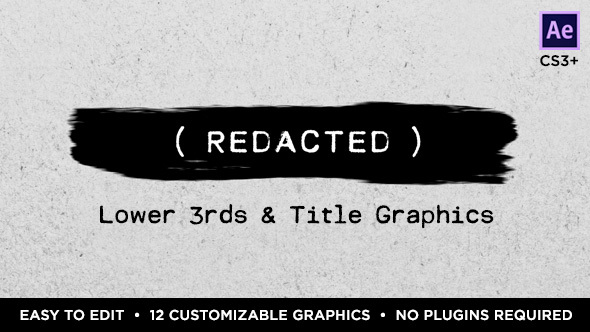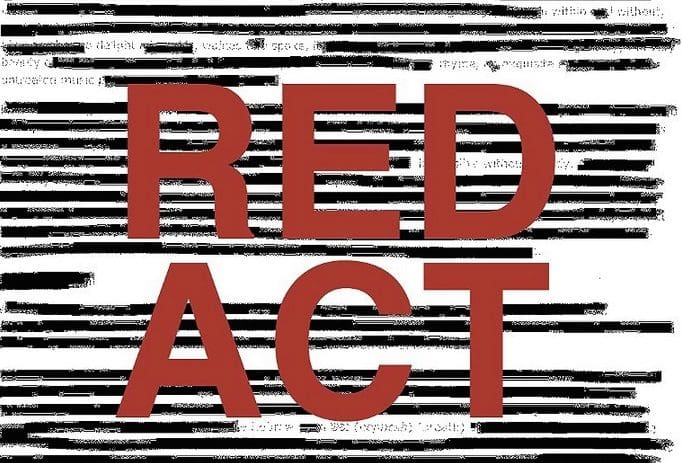

There are a number of ways to improve the recognition accuracy of an OCR engine. However, some applications require higher accuracy. In many use cases, this is sufficient accuracy for the problem being addressed. Many OCR Engines today approach or exceed 99% accuracy. In our example below, we will develop a simple search and redaction program to demonstrate the combined power of an accurate OCR engine with an approximate regular expression engine. Recent privacy legislation makes this a requirement for many types of document images. The organizations that collect these documents must remove or redact the sensitive data that exist in these documents prior to publishing them. Businesses and government organizations frequently publish customer submitted document images on web sites.


With the continued concern about privacy, the requirement to redact social security numbers, birth dates and other sensitive data from images is becoming more common.

Redacting sensitive data from images is another important use of OCR.
#REDACTED IMAGE FULL#
Semi-structured and unstructured forms processing vary in using zonal or full page OCR, depending on the implementation. Structured forms processing typically uses zonal OCR and ICR, such as SmartZone v2, to collect data from form fields. Most forms processing solutions use OCR to gather machine print data, ICR to gather hand written data, and OMR to detect filled in check boxes or bubbles. Forms processing is an automated way to process these documents. Some businesses receive thousands, possibly even millions, of these documents every day. Insurance forms, entrance exams, tax returns, invoices, and checks are documents that many businesses process on a daily basis. Full-page OCR solutions, such as OCR Xpress, are best suited for this use.
#REDACTED IMAGE PDF#
Google Desktop and Windows Desktop Search will index these OCR-created PDF files and XPS files, allowing you to find desired documents through routine text searches. This is useful if you need to preserve the original image for legal reasons, such as when a signature is present on the image, but you also need to search the text. You can combine this text with the original image in PDF files or XPS files. OCR converts the image of text into actual searchable text. When documents exist as images, either as digital fax or as scanned documents, they are not in a format that is easy to search. The following use cases are common examples of where OCR is used.
#REDACTED IMAGE CODE#
The associated sample code and a trial download of Pegasus Imaging’s full-page OCR SDK can be found here. Finally, we demonstrate the power of this combined technology by implementing one of the use cases. We also give an overview of the technology used to create solutions for these problems. In this article, we review some of the existing problems where this technology can provide a solution. Searchable document creation, capturing bank check amounts, getting dollar amounts from an invoice, redaction of sensitive data, and indexing documents for subsequent search are just a few of the typical uses for OCR and regular expression search. OCR technology is very useful in a number of different instances and you can create solutions that are even more powerful by adding regular expression search with approximate matching to the OCR technology. In order to bridge the gap, Optical Character Recognition (OCR) captures the data on those paper documents and brings that data into the digital workspace. Even in today’s digital age, many companies still rely on paper documents. OCR combined with a powerful approximate regular expression engine can capture and search data from text on images that would otherwise be lost.


 0 kommentar(er)
0 kommentar(er)
